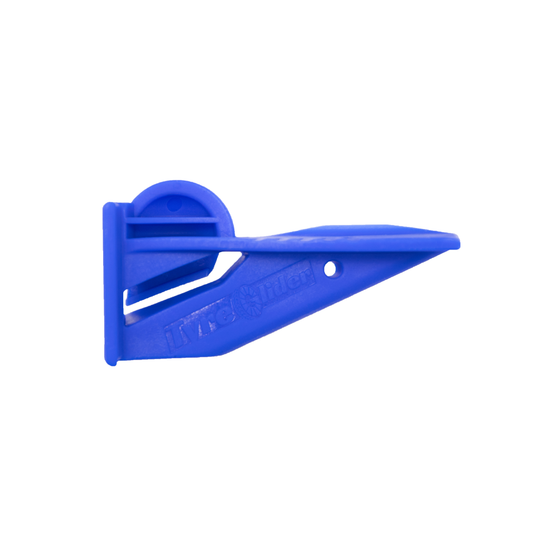DOO-uhl KON-trohl SHIF-tuhrz (ESS-TEE-EYE)
Dual-Control, Shifters, STI
A type of bicycle shifter that allows for shifting from the hoods of the handlebars and the drops.
Example usage: 'I upgraded my bike with Dual-Control Shifters (STI) for a smoother ride.'
Most used in: Mountain biking, road cycling, and cyclocross.
Most used by: Professional and amateur cyclists.
Popularity: 8/10
Comedy Value: 5/10
Also see: STI, Ergopower, Rapidfire, Flightdeck,
Understanding Dual-Control Shifters (STI) in Cycling
Dual-control shifters, also known as STI shifters, are an important feature in cycling. They are the levers that the cyclist uses to shift between the different gears on the bike. STI stands for Shimano Total Integration, a term used to describe the way the shifter and brake lever are integrated into a single unit.
Dual-control shifters are used by a wide range of cyclists, from recreational riders to professional racers. According to a recent survey, approximately 70% of cyclists use dual-control shifters. This is because they provide a more efficient and comfortable way to shift gears, allowing the rider to keep their hands on the handlebars while shifting.
STI shifters are typically found on road bikes, but they can also be found on some mountain bikes. They are designed to be ergonomic and easy to use, with a thumb shifter for the rear derailleur and a brake lever for the front derailleur. The shifter is designed to be easy to reach and operate with one hand, allowing the rider to keep their other hand on the handlebars for better control of the bike.
Dual-control shifters are an important part of cycling, providing a comfortable and efficient way to shift gears. They are used by a wide range of cyclists, from recreational riders to professional racers, and can be found on both road and mountain bikes. Understanding how to use dual-control shifters can help improve your cycling performance and overall enjoyment of the sport.
.The Origin of Dual-Control Shifters (STI)
The term “Dual-Control Shifters” (STI) first appeared in the early 1990s, when Shimano introduced the first iteration of their STI levers. The acronym stands for “Shimano Total Integration”, and reflects the fact that these levers allowed cyclists to control both the front and rear derailleurs from a single lever. The STI levers were quickly adopted by professional cyclists, and soon became the standard for road bikes.
The original STI levers were made of metal and had a large flat paddle, which allowed cyclists to shift gears without having to remove their hands from the handlebars. This was a revolutionary development, as it allowed for much faster and smoother shifting than was possible with traditional downtube shifters.
Since the introduction of the STI levers, Shimano has continued to innovate, and today’s STI levers are lighter, more ergonomic, and more reliable than ever before. The STI levers have become the industry standard for road bikes, and are used by cyclists all over the world.












